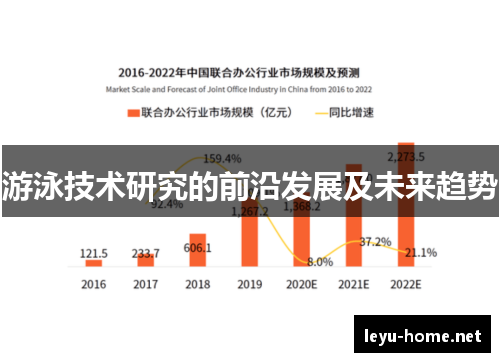Certainly! Here's a structured article on the forefront and future trends in swimming technology research:
乐鱼下载**Abstract:**
In the evolving landscape of swimming technology research, advancements are propelling the sport into new realms of performance enhancement and safety. This article explores key developments in swimwear materials, biomechanical analysis, training methodologies, and the integration of digital technologies. These innovations not only redefine competitive swimming but also hold promise for recreational swimmers and aquatic therapy. By examining current trends and future potentials, this article aims to illuminate the transformative impact of technological advancements on the aquatic world.
---
Advancements in swimwear materials have revolutionized the sport, enhancing buoyancy, reducing drag, and optimizing performance. High-tech fabrics such as hydrophobic materials and advanced compression textiles are reshaping competitive swimming gear. These materials not only improve hydrodynamics but also aid in muscle support and recovery. Research focuses on developing sustainable materials that balance performance with environmental impact, ensuring future swimwear meets both athletic and ecological demands.
The integration of nanotechnology in fabric design is another frontier, promising even greater water repellency and drag reduction. Innovations in 3D printing enable custom-fit swimwear tailored to individual swimmers' biomechanics, optimizing comfort and efficiency in the water.
New materials are also exploring biometric sensing capabilities embedded directly into swimwear, providing real-time performance metrics such as heart rate, oxygen saturation, and stroke efficiency.

Biomechanical analysis plays a pivotal role in refining swimming techniques and preventing injuries. Advances in motion capture technology, combined with machine learning algorithms, allow for detailed kinematic studies of swimmers' movements. These analyses provide insights into stroke mechanics, kick efficiency, and body positioning.
Researchers are increasingly focusing on individualized biomechanical profiles, using data-driven approaches to tailor training programs and stroke techniques to each swimmer's unique physiology. Biomechanical feedback systems are being integrated into coaching practices and swimwear, offering real-time adjustments and personalized performance optimization.
Future developments may see the integration of augmented reality (AR) and virtual reality (VR) for immersive training simulations, enhancing swimmers' spatial awareness and stroke precision in a controlled environment.
Training methodologies are evolving with the aid of data analytics and physiological monitoring. Coaches and sports scientists use wearable devices to track swimmers' performance metrics, including stroke rate, distance per stroke, and metabolic efficiency.
Artificial intelligence (AI) algorithms analyze training data to optimize periodization and recovery strategies, minimizing overtraining risks and maximizing performance gains. Adaptive training platforms adjust workout intensities based on real-time physiological responses, ensuring swimmers reach peak performance while reducing injury potential.
The incorporation of biofeedback mechanisms into training equipment provides immediate performance cues, fostering rapid skill acquisition and technique refinement.
Digital technologies are reshaping the landscape of competitive swimming, from training to competition environments. Underwater cameras and pressure sensors capture detailed performance data, offering coaches and athletes unparalleled insights into race strategies and technique adjustments.
Internet of Things (IoT) devices enable remote coaching and real-time performance monitoring, connecting swimmers with coaches regardless of geographical location. Virtual swim meets and digital competitions provide opportunities for global participation and benchmarking.
Blockchain technology is being explored to enhance transparency in athlete performance data and streamline anti-doping efforts, ensuring fair play and integrity in swimming competitions.
总结:
Technological advancements in swimming are propelling the sport into a new era of performance enhancement and safety. Innovations in swimwear materials, biomechanical analysis, training methodologies, and digital technologies are reshaping competitive swimming and benefiting recreational swimmers and aquatic therapy. As research continues to push boundaries, the future promises further integration of advanced materials, personalized training methods, and digital innovations, reinforcing swimming's position at the forefront of sports technology.
Swimming technology research is not just about breaking records; it's about redefining what's possible in the water.
本文旨在探讨游泳技术理论的研究与实践探索,旨在深入剖析游泳技术的核心要素及其优化途径。首先,我们将概述游泳技术的基础理论,包括动作链条、力学原理以及生理机制。接着,文章将探讨游泳技术的实践应用,尤其是如何通过训练方法和设备的改进提升游泳效率。随后,我们将分析目前技术研究中的热点问题,如数据分析和运动...
文章摘要的内容:本文将探讨游泳技术进阶的科学模型与实践应用。首先介绍游泳技术的基础,然后深入探讨技术提升的科学模型,包括生理学和运动学的角度。接着分析现代科技在游泳训练中的应用,以及数据分析和虚拟现实技术的贡献。最后讨论实际应用中的挑战与解决方案,为读者提供全面的游泳技术进阶视角。1、游泳技术基础游...